Monday, 14 August 2023
Our first night - no tents as they are hot with no breeze. In the middle of the night we had a light shower. Just pulled our tarps over and waited it out.
In the morning we woke and hiked into Nautiloid Canyon. Looking up the canyon, you can see where the water has carved into the stone.
Our first night - no tents as they are hot with no breeze. In the middle of the night we had a light shower. Just pulled our tarps over and waited it out.
In the morning we woke and hiked into Nautiloid Canyon. Looking up the canyon, you can see where the water has carved into the stone.
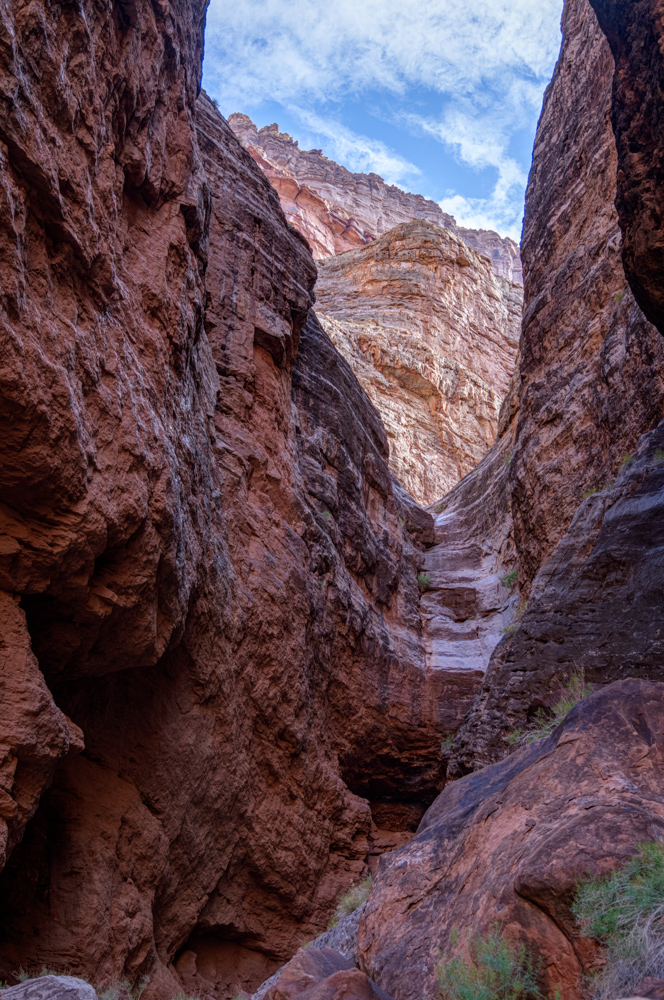
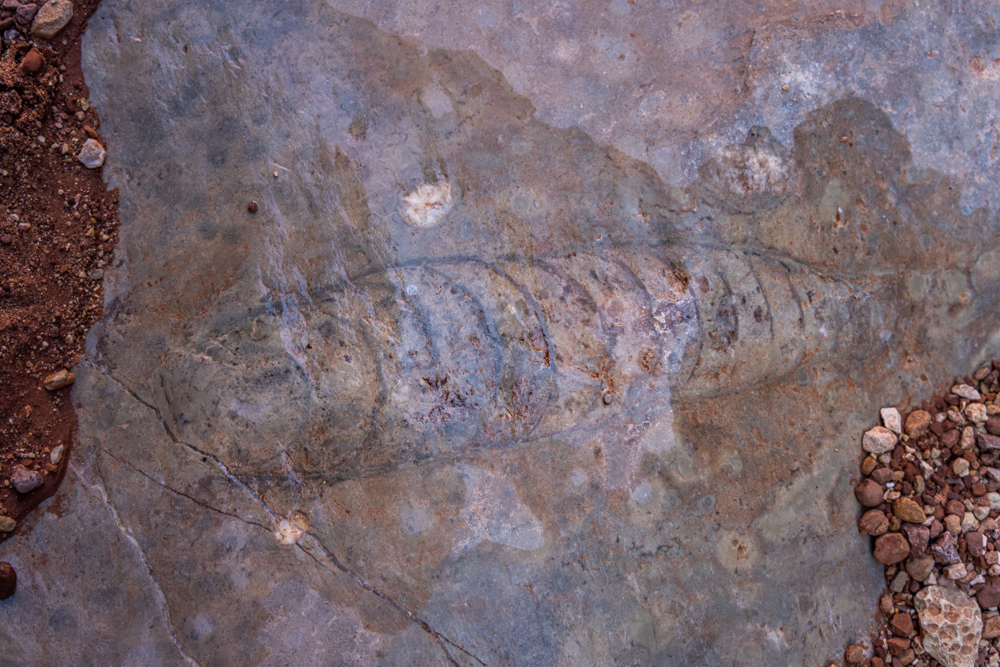
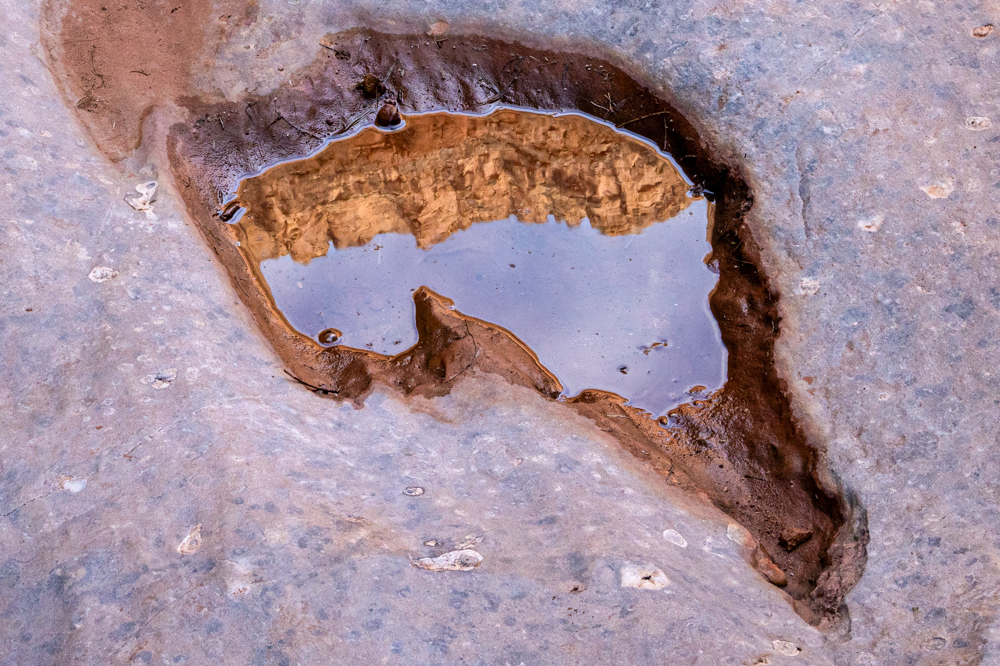
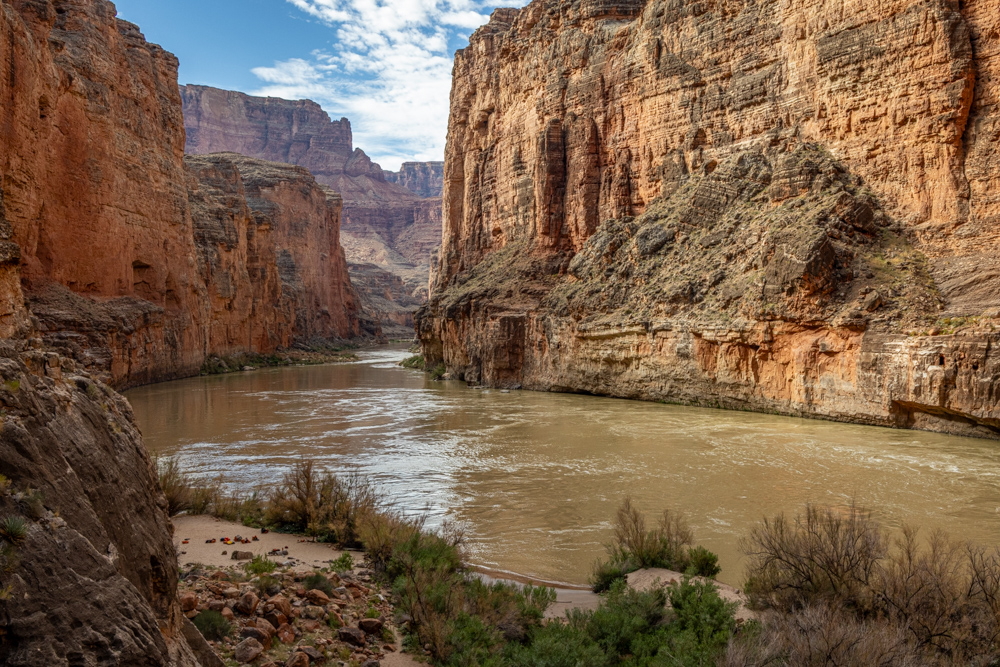
Looking downriver in Marble Canyon.
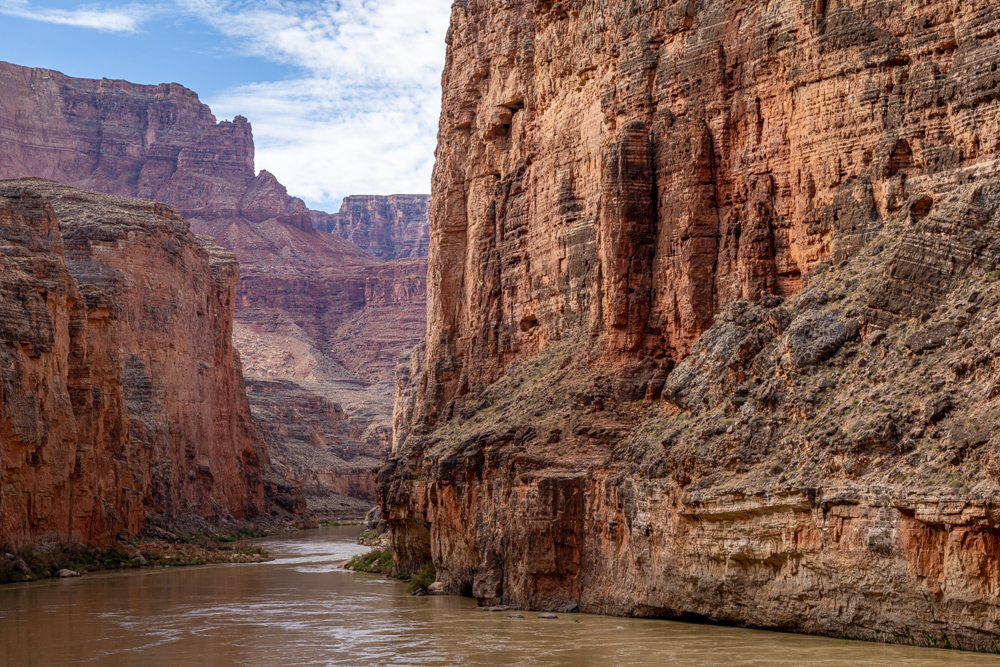
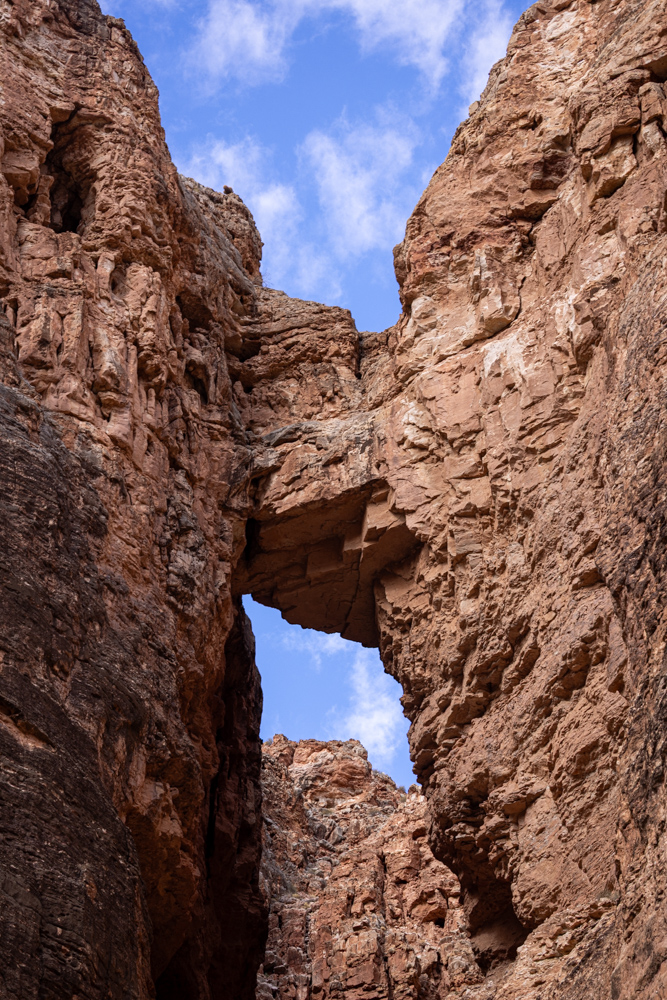
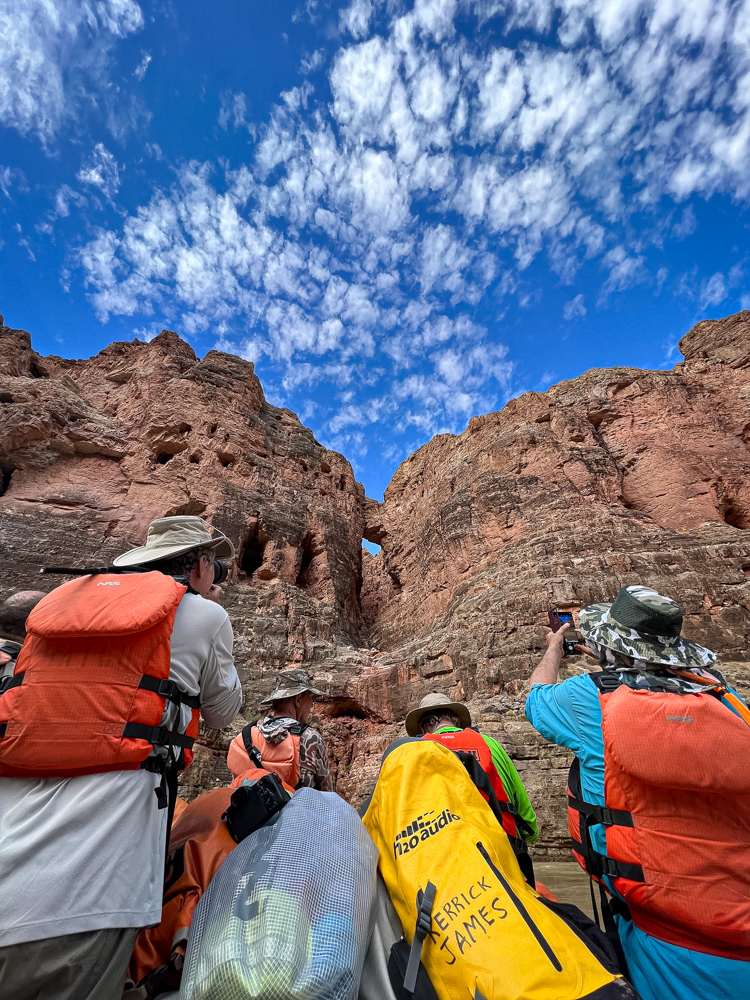
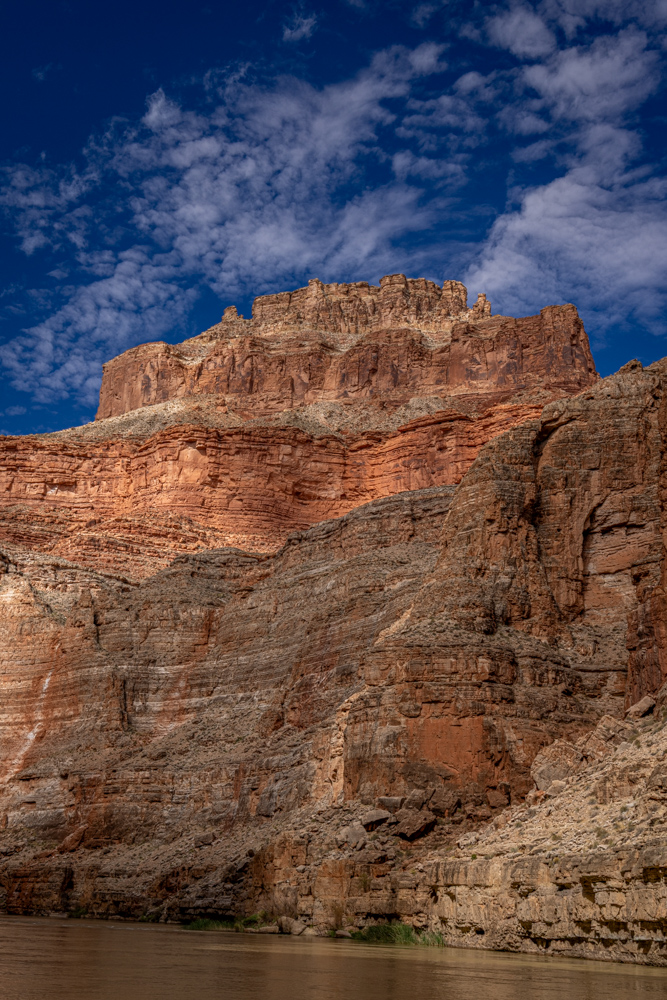
Beautiful tall walls on either side.
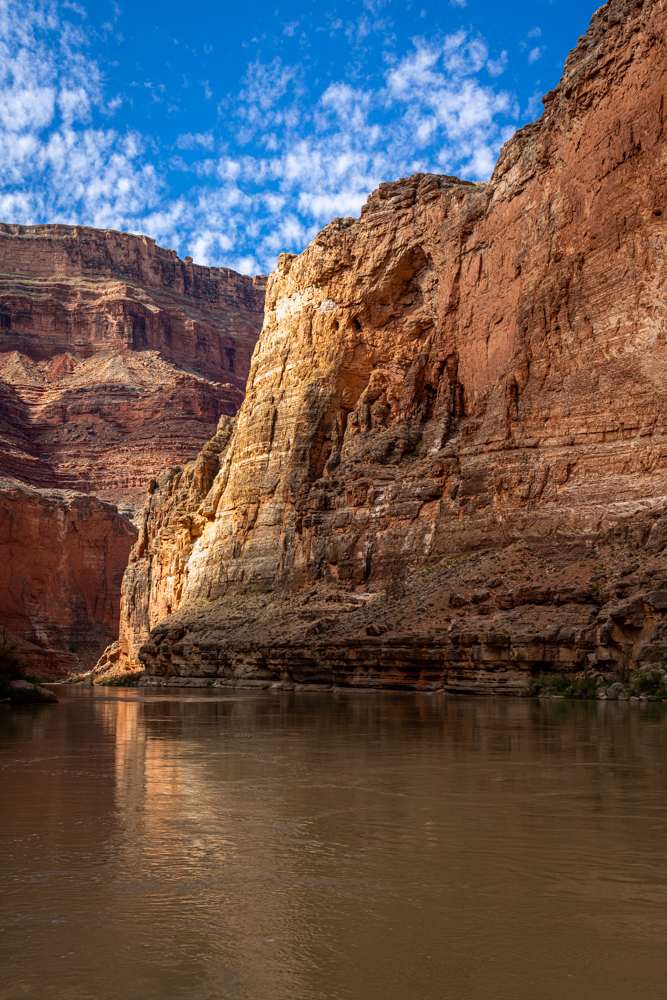
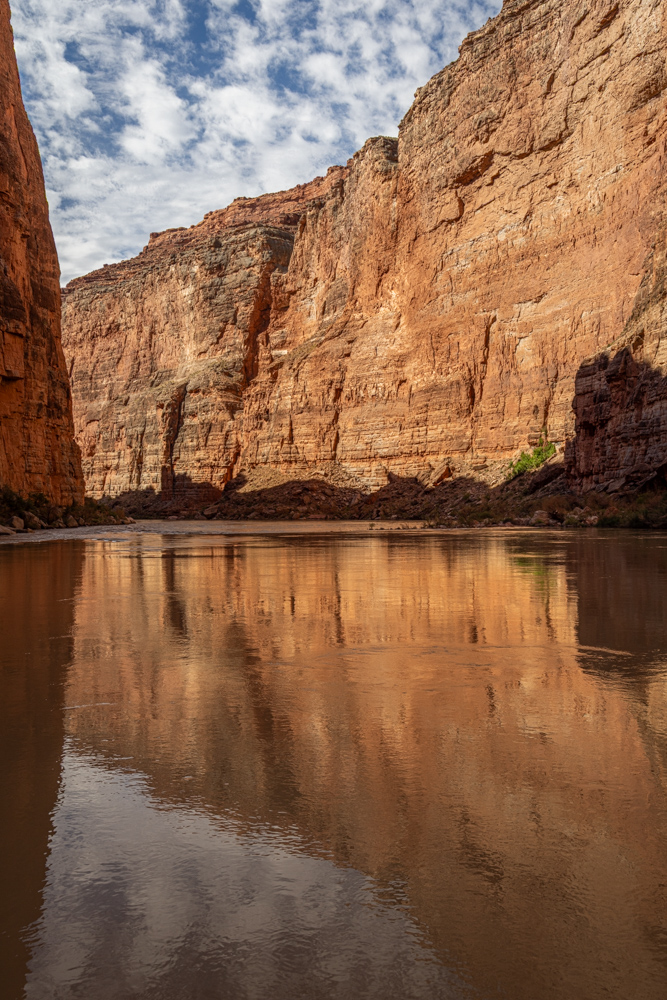
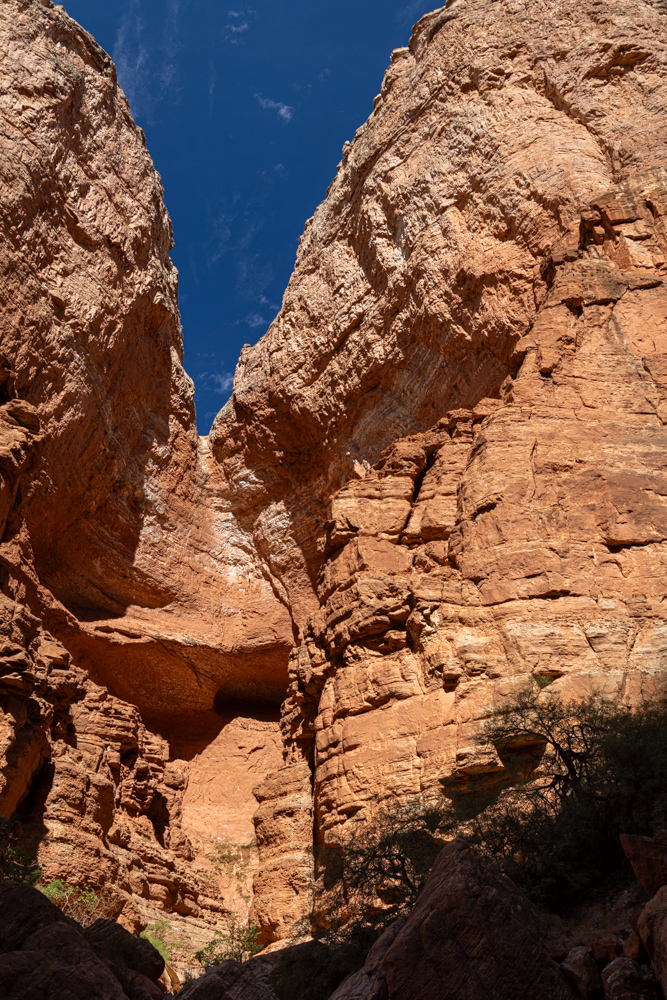
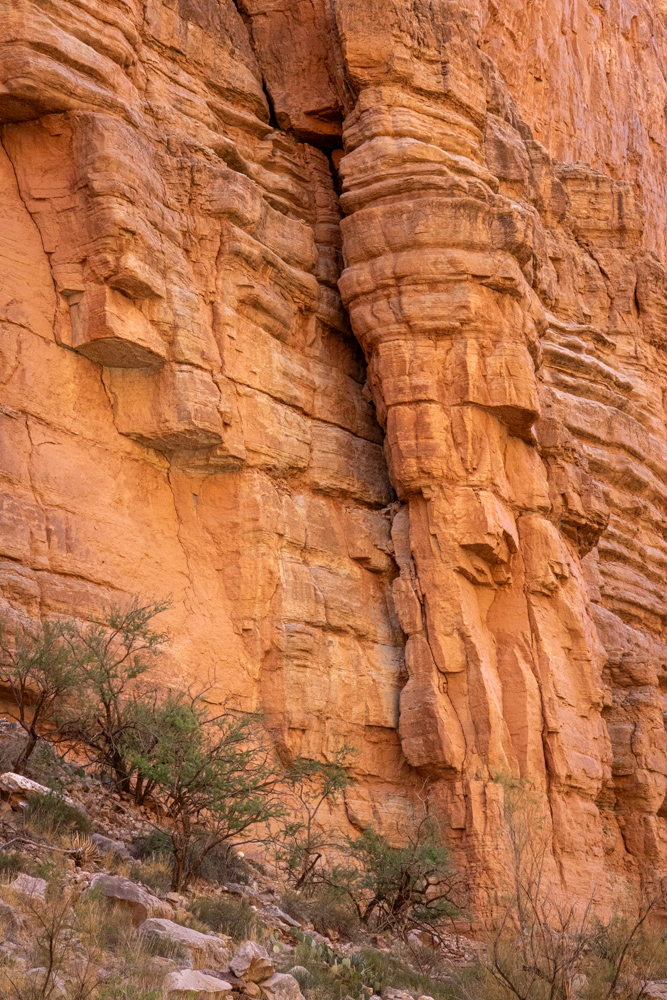
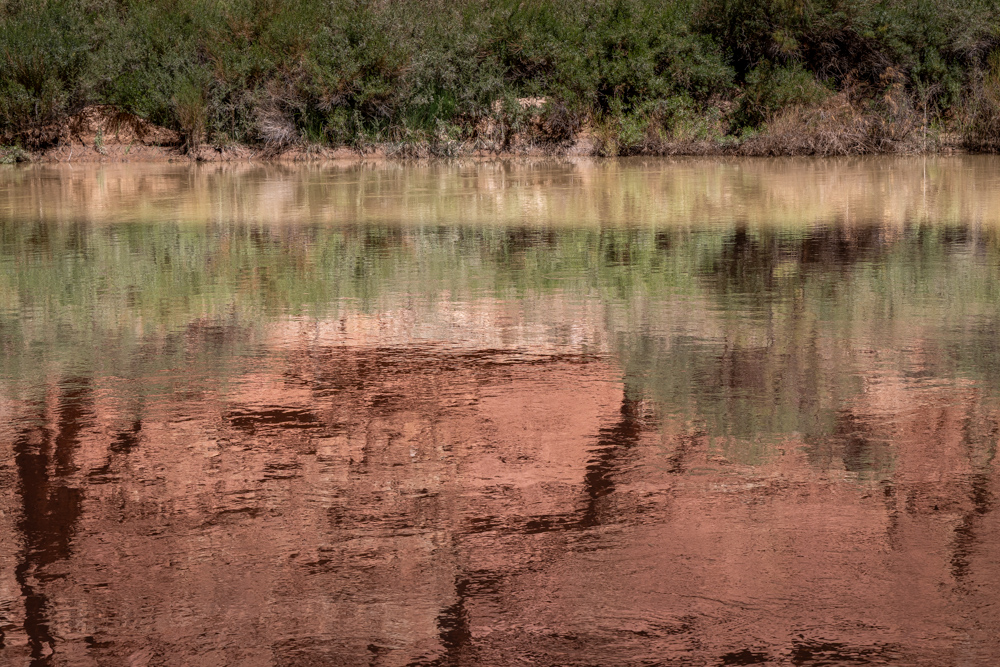
Also calm enough that there were some nice reflections.
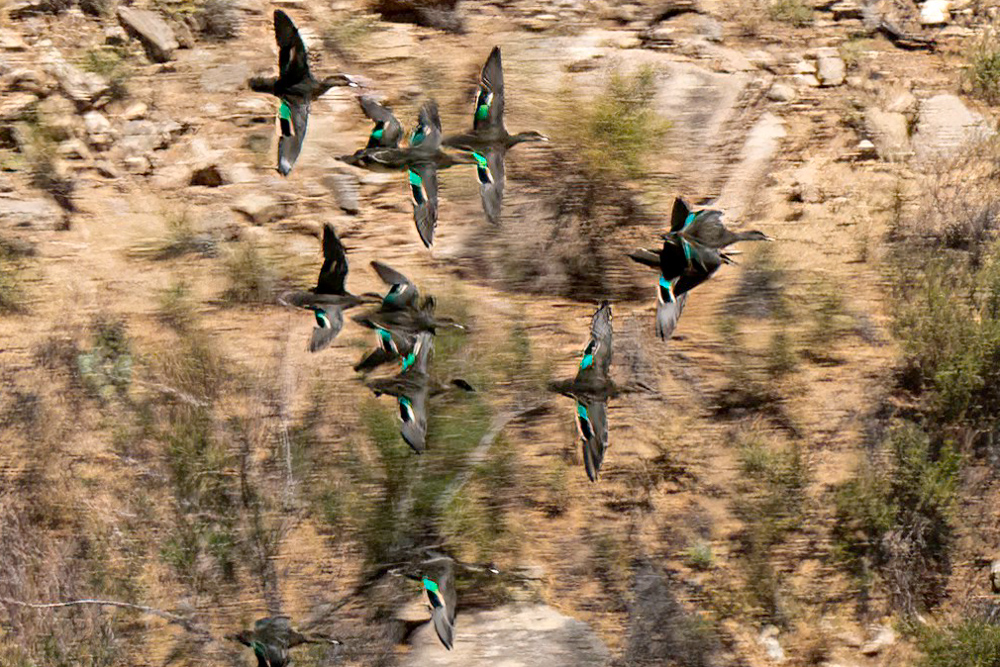
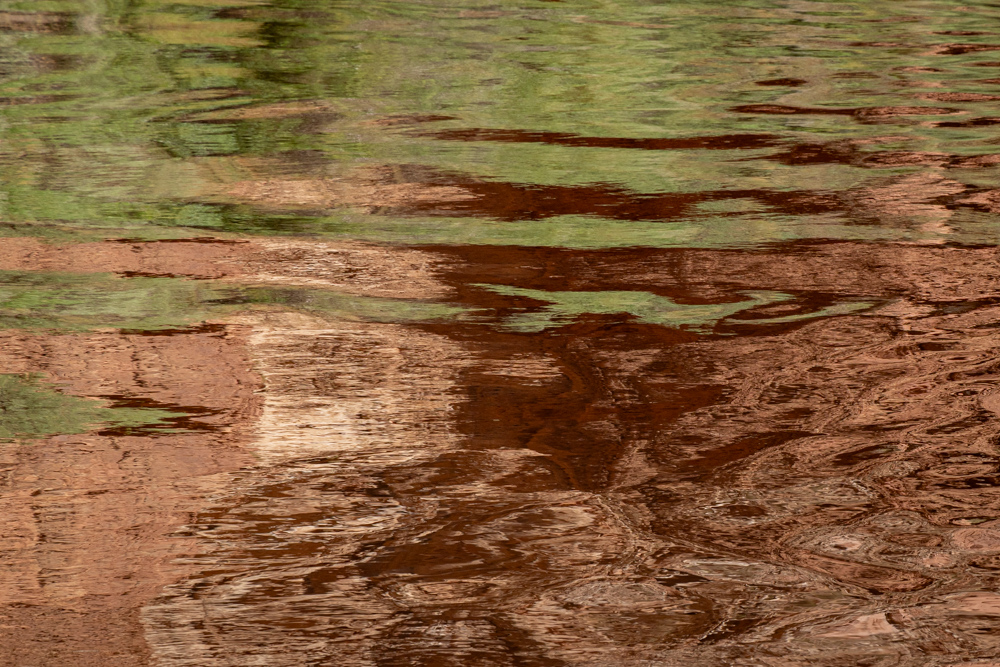
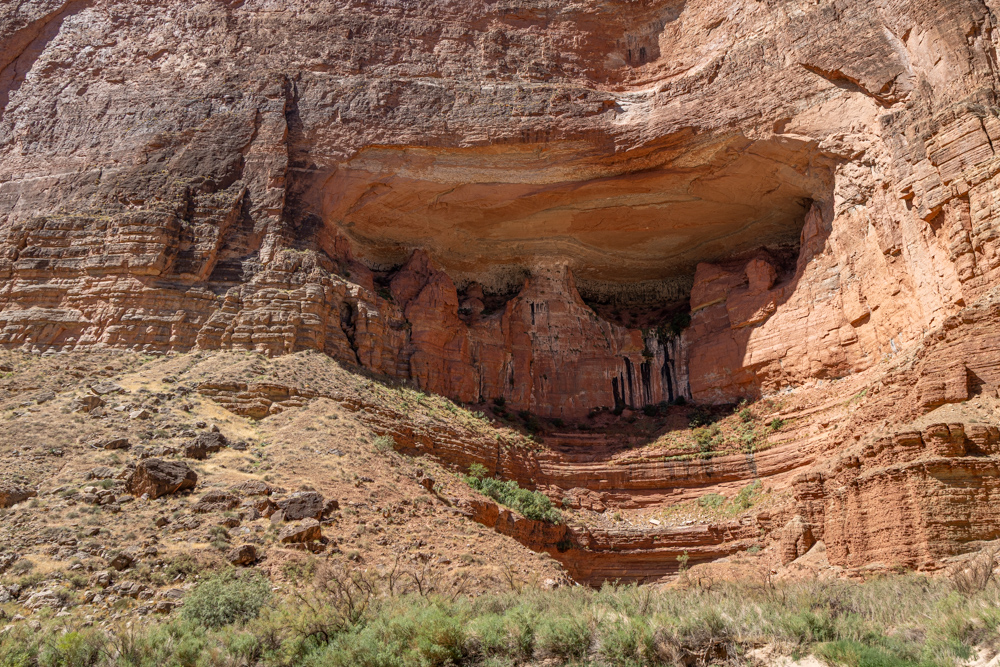
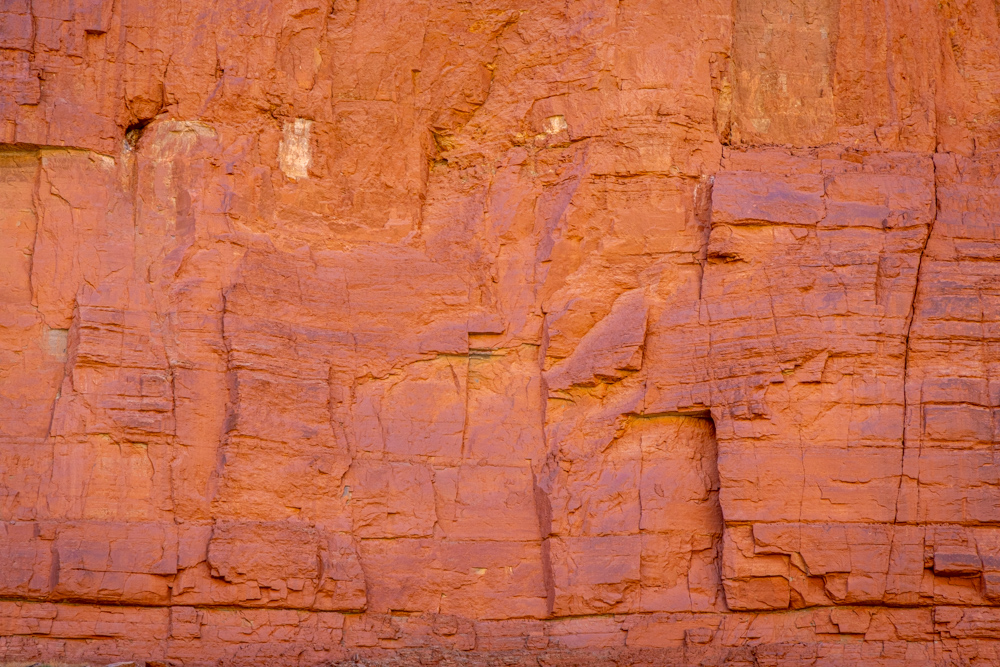
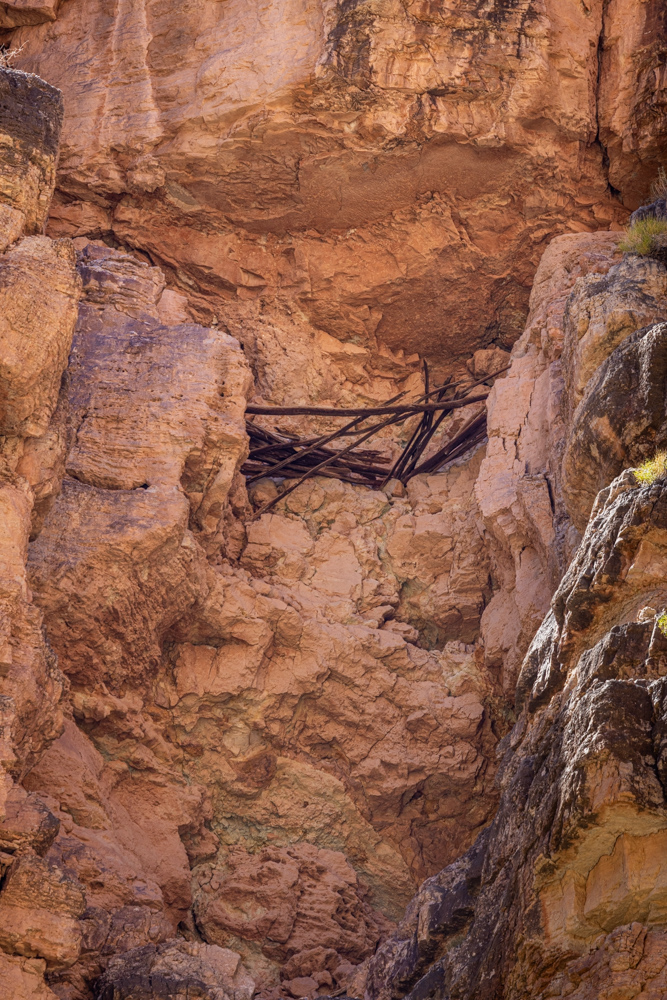
Spanning a gap in the cliffs 300 feet above the river, this prehistoric bridge made from pine trees, helped people from the Ancestral Puebloan Culture hike in and out on the canyon's north side.
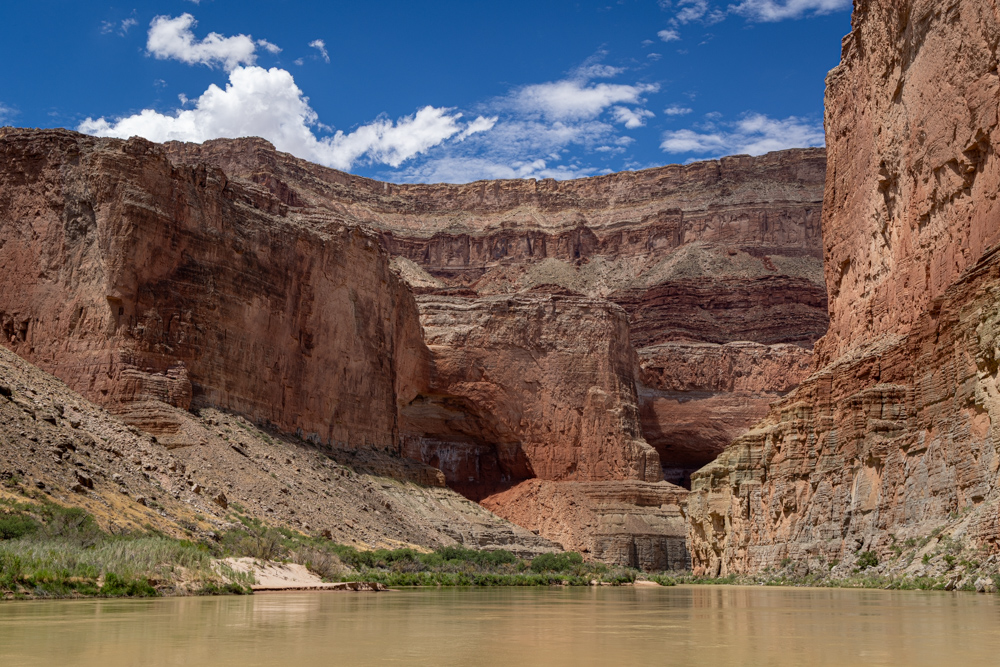
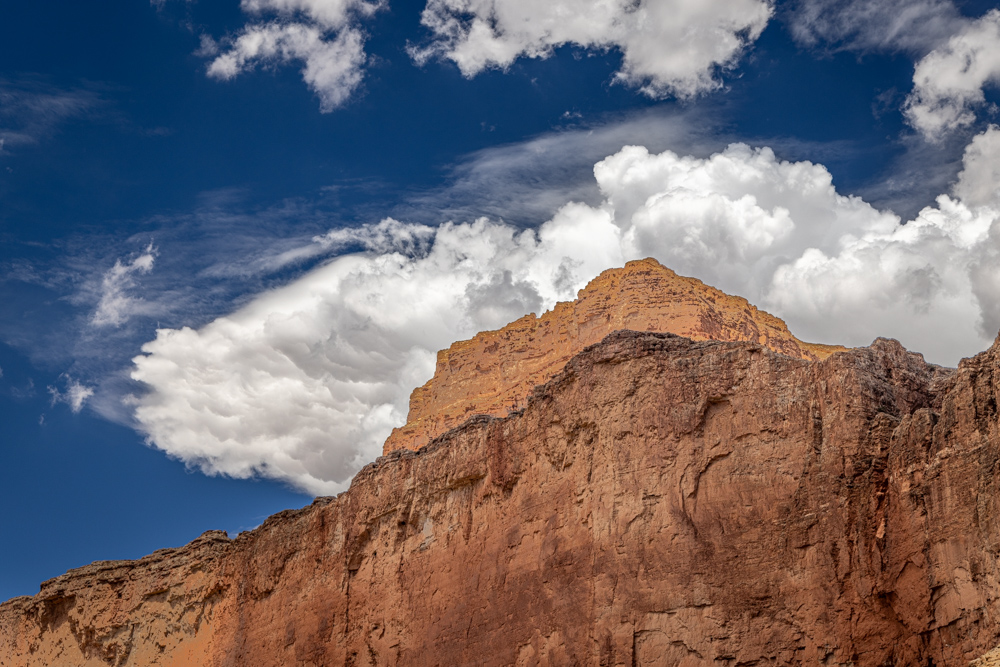
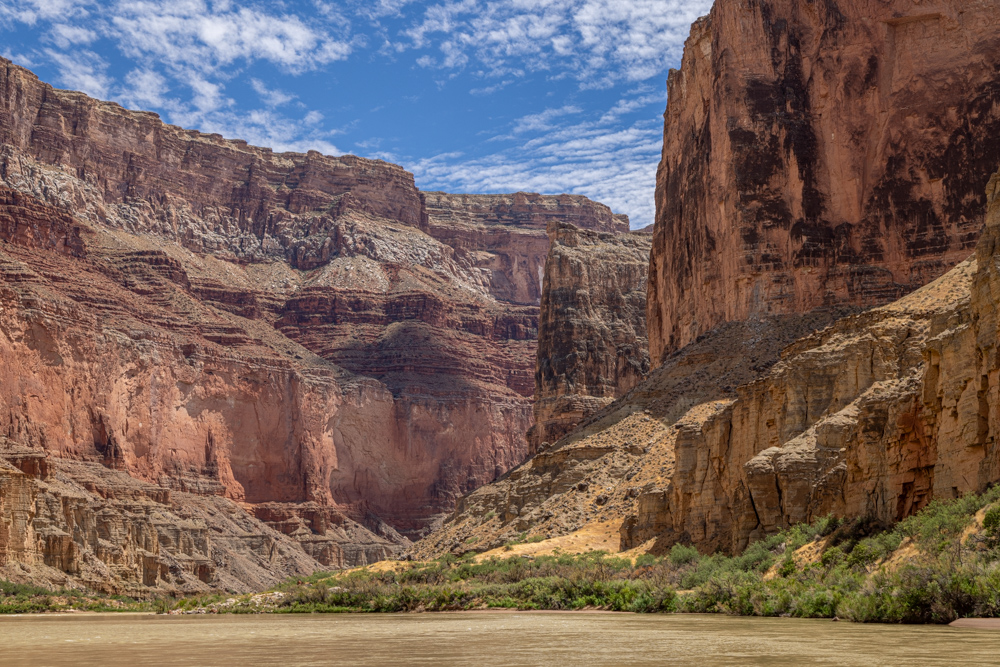
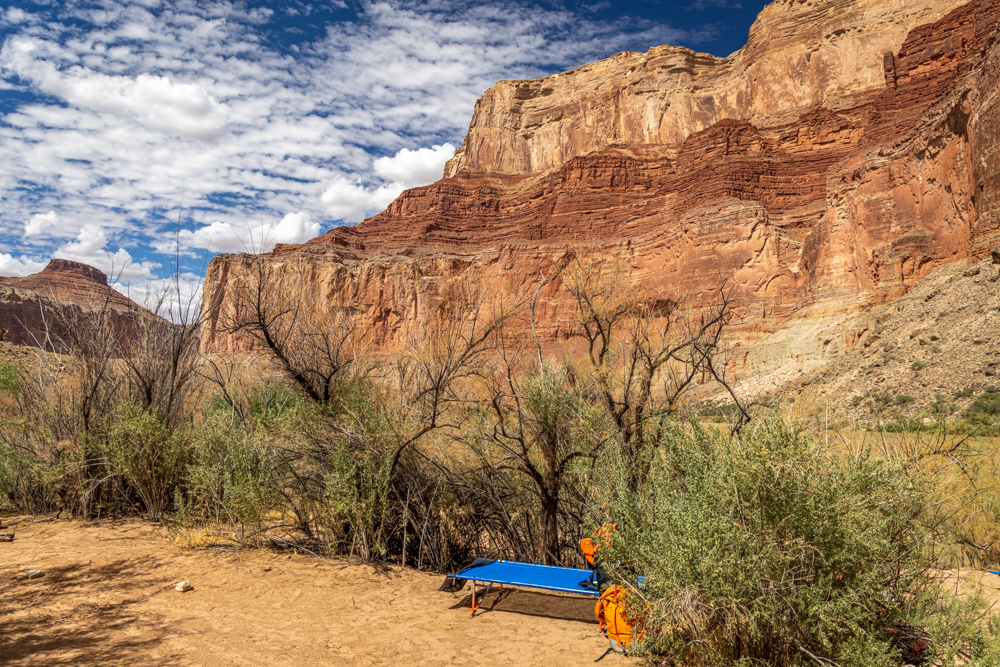
My camp is the blue cot with my orange dry bag next to the cot.
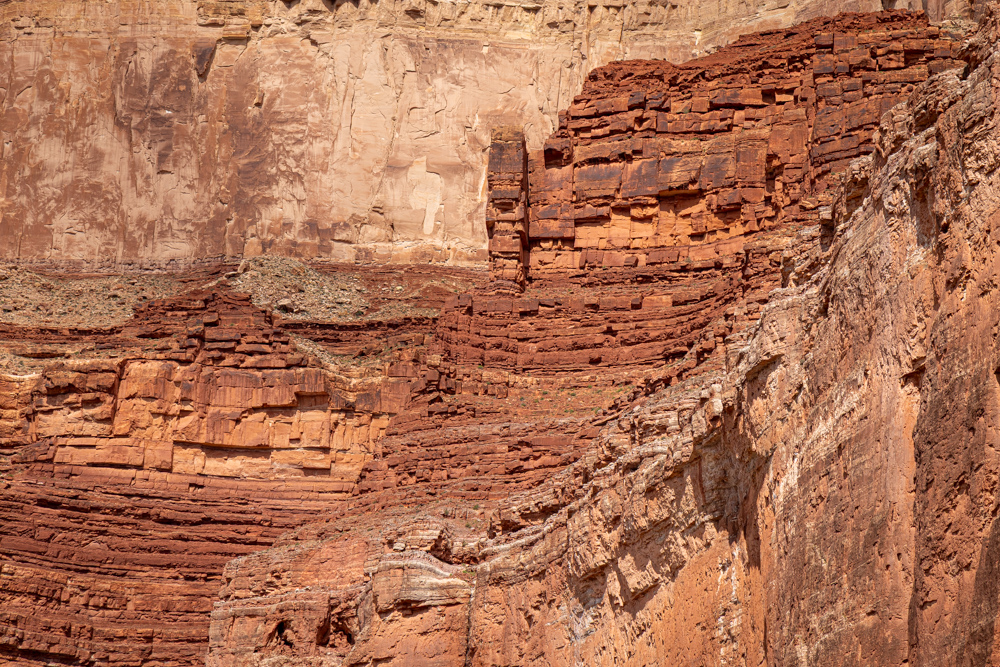
We took time in the afternoon to bathe and relax - still very hot (100 degrees), so shade was critical. This was the only time we had free time allowing me to use a solar shower to take a bath.
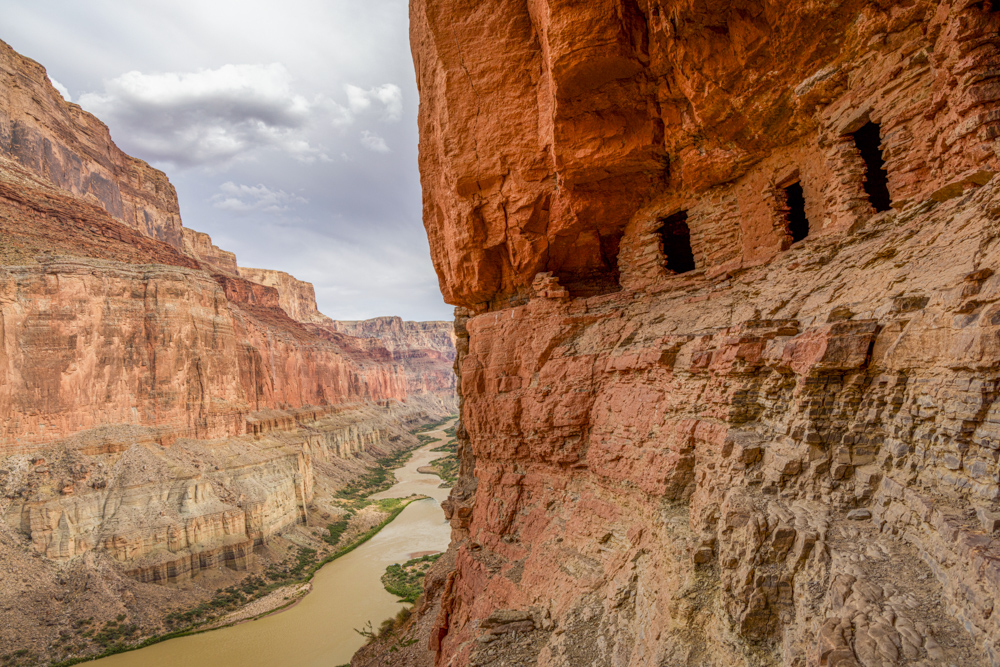
These bins were constructed by the ancient Anasazi people to store their seed stock and food. The placement and design of these bins protected the seeds from animals and the weather. The Anasazi were thought to have lived in this area from about 700 to 1200AD.
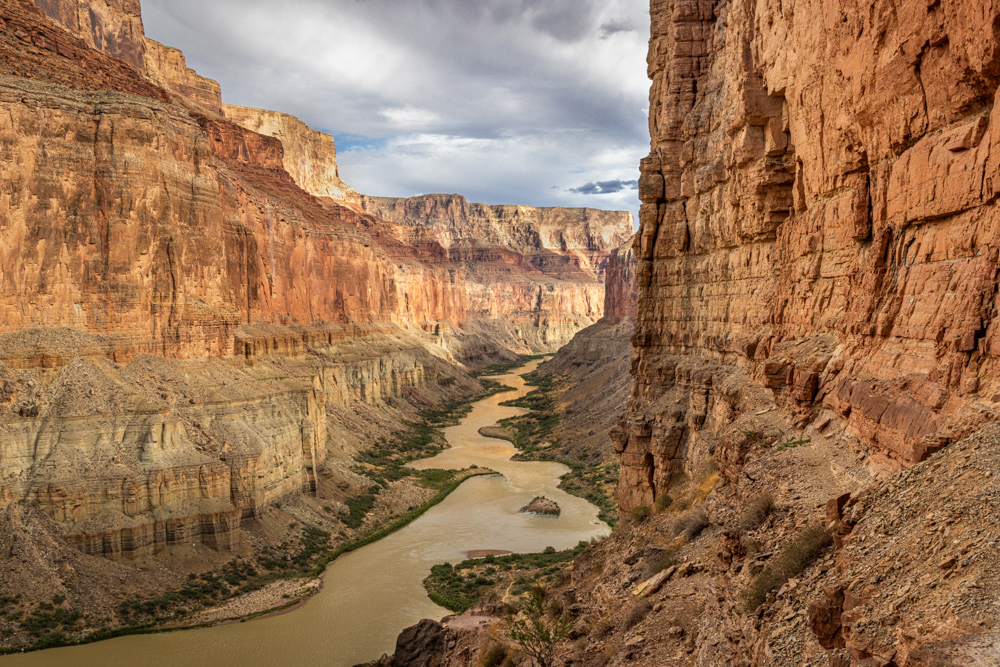
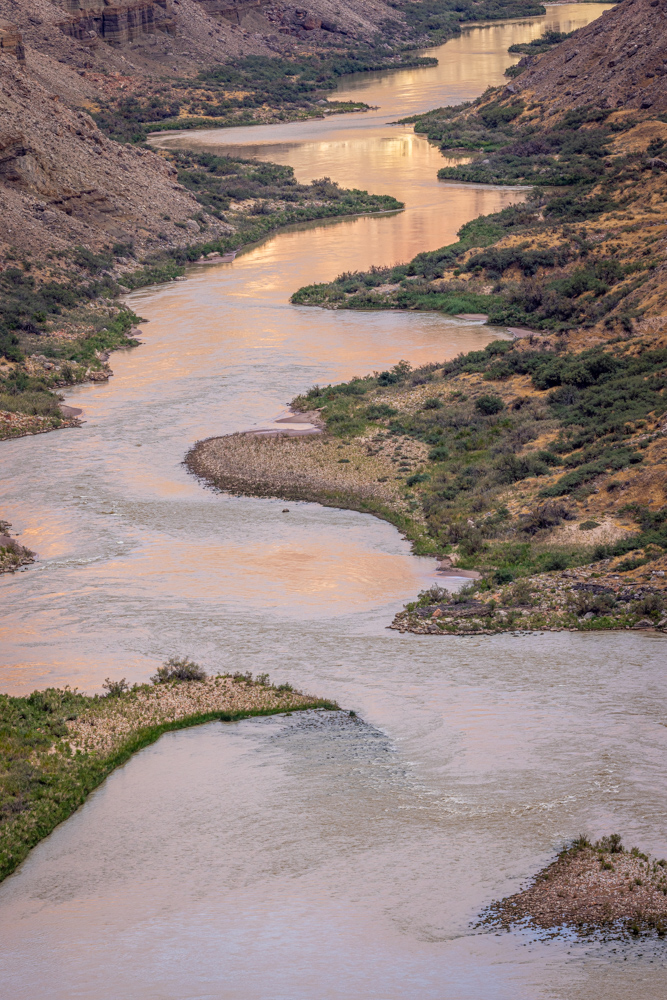
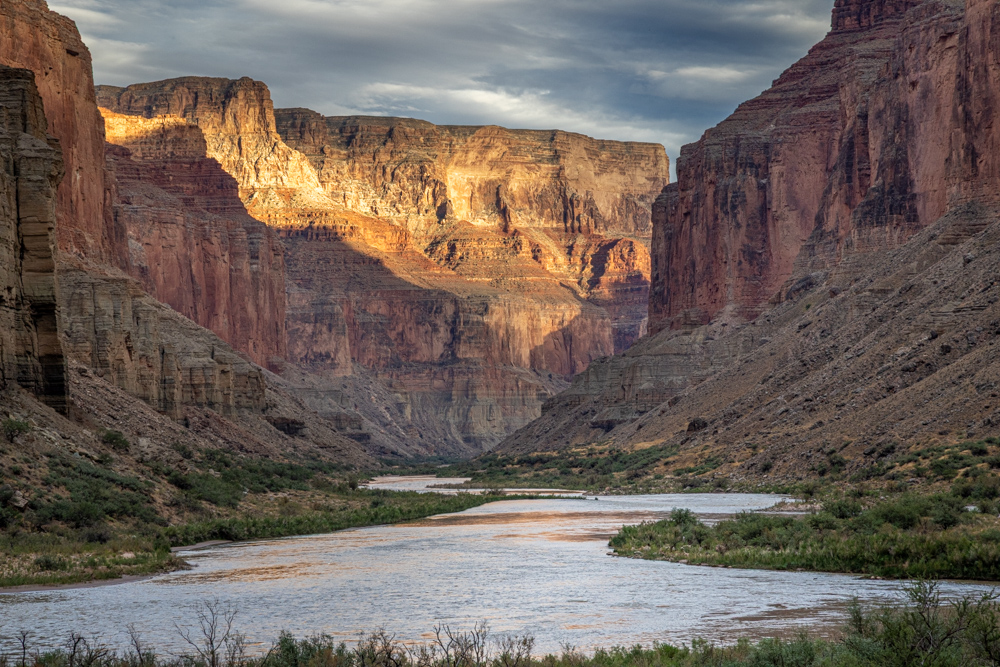
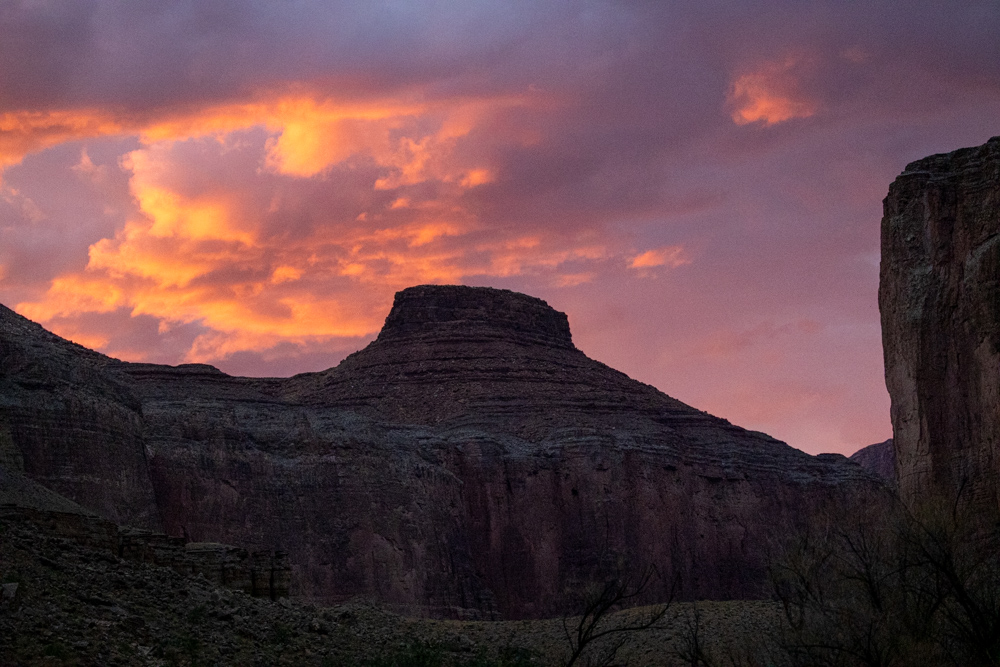
Great dinner and quiet night - I still did not sleep well.